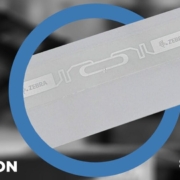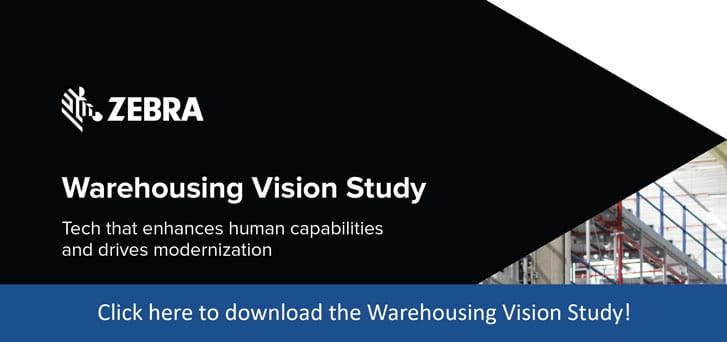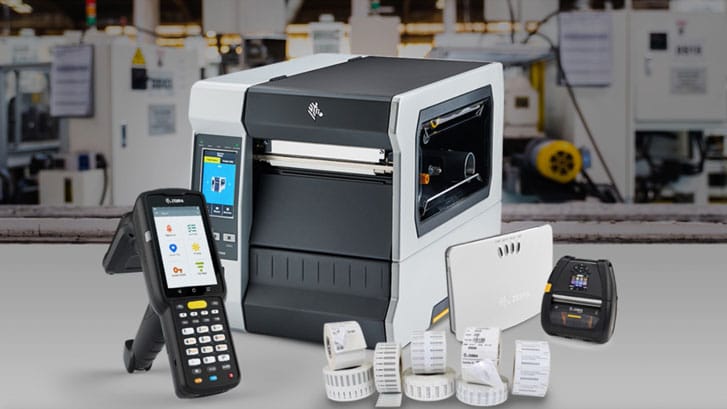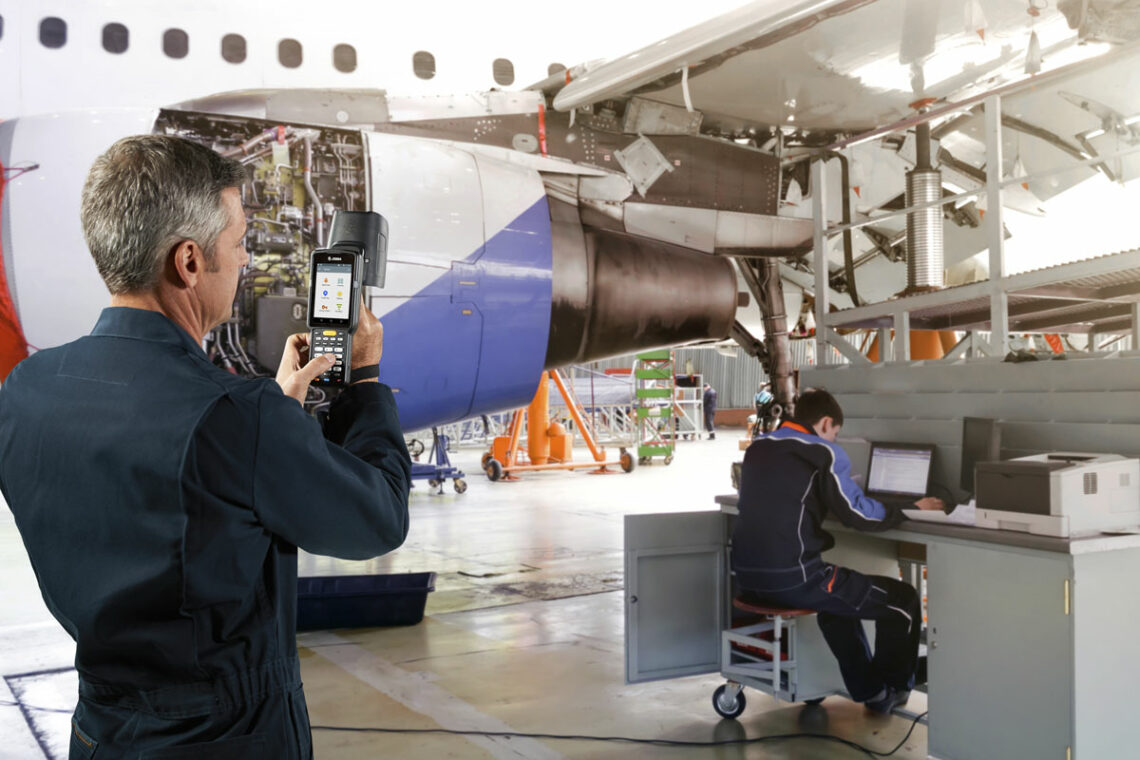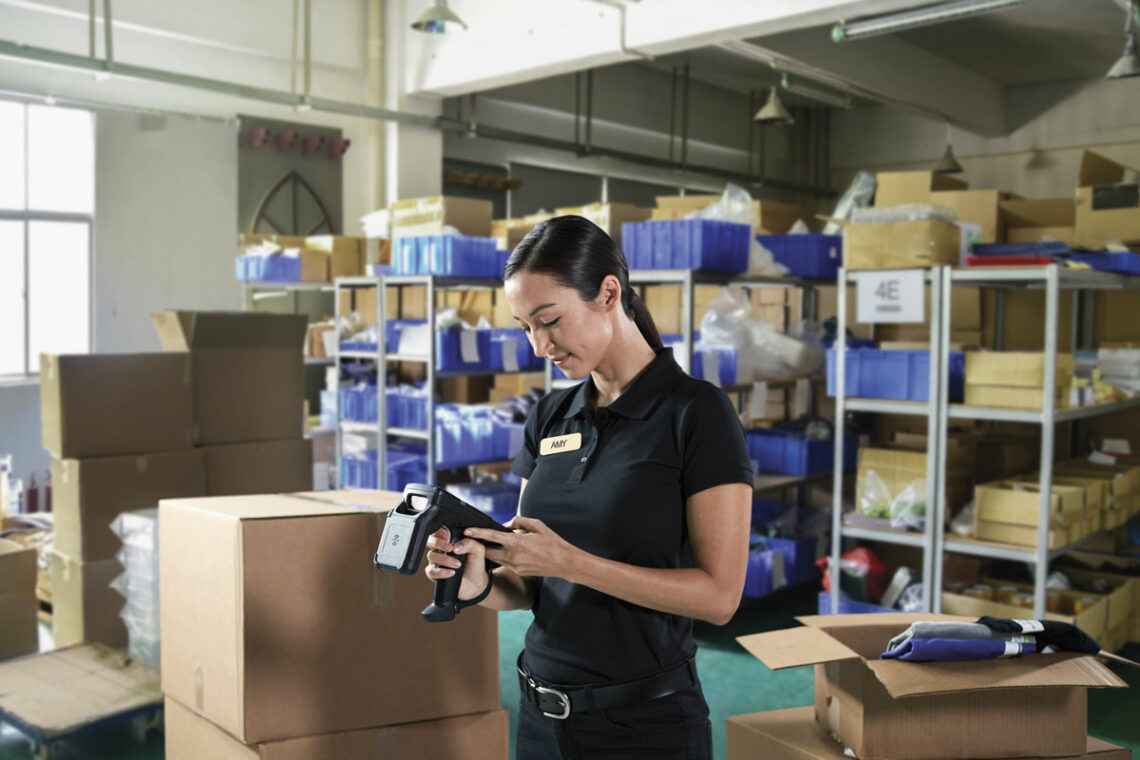Facing an increase of demands for seamless real-time tracking, many businesses are being forced to revisit their tracking systems in search of improvements. As a result, Avalon Integration has made it a priority to make sure our clients understand the differences between the top tracking technologies within today’s markets: RFID and Bluetooth Low Energy (BLE).
Last year’s Zebra’s Warehousing Vision Study estimated over a third of surveyed warehouses will invest in RFID and locationing technologies by 2024. From optimized picking to verified packing, to real-time inventory management, RFID and BLE serve as more than mere tracking systems as they both give you contextual intelligence to restructure operations based on trends and available resources. While they are both similar and useful, several key differences must be understood before choosing your next locationing system.
What will you need?
Although both solutions can be customized to fit specialized needs, they both have set requirements when it comes to hardware. To deploy a complete RFID locationing system, you’ll need:
- An Antennae – Your RFID antennae will connect the reader’s signal to the tags. Needless to say, damaged or subpar antennas can damage the whole operation as they can “lose” signals.
- A Reader – Capturing up to 1000 codes with one trigger pull, your reader can be customized to match frequency type, delivering 99.99% accurate scans in less time than conventional barcoding.
- Your choice of an active or passive tag – While RFID is significantly more expensive than other locationing systems, it provides greater flexibility in tagging options. Passive tags are more cost-effective since they don’t have any integrated power sources and can reach up to 82ft in the reading range. Active tags can track high-value assets more accurately with embedded power within the tag, covering a range of up to 328ft.
On the flip side, a BLE solution requires:
- A BLE tag – These tags contain their own power source, which requires less energy from your operations. Tags generally communicate within ranges as high as 20ft.
- A Reader – Because Bluetooth technology was developed within the same era as most smart devices, many consumer phones and technologies have Bluetooth capabilities and can serve as readers, reducing hardware costs. However, when it comes to securing reliable device performance in harsher environments, Avalon recommends pairing your BLE tags with enterprise-grade hardware instead.
How will your system communicate?
RFID tags communicate via radio-frequency waves with the antennae, pinpointing tag location for real-time tracking. Your reader is then able to digest scanned information and transpose it onto your inventory management interface. This communication pattern empowers workers to:
- Eliminate manual data entry
- Accelerate scanning without requiring line of sight
- Integrate long-distance data capture
Bluetooth locationing differs from RFID in allowing tags to communicate with each other, eliminating complicated networks and wasteful energy. Readers can sense nearby Bluetooth beacons, providing real-time tracking without constant scanning along with:
- Easiest implementation
- Trackable users and assets
- Smaller power drain
BLE provides a simplified way to integrate real-time visibility into your operations, while RFID serves as a scalable and adaptable tracking system. Nevertheless, there are many other tracking choices you may want to consider.
Final Considerations
Whether you choose an RFID or BLE tracking system, both methods will require an interface to collect and display your data. Once again, this is where consumer-grade devices are unsuitable since they would add extra weight to workers who already carry other enterprise-grade devices. To maximize worker comfort and device performance, modernized tracking solutions are tailored to fit into your mobile computer. As a Zebra Premier Solutions Partner, Avalon provides intelligent Zebra mobile computers that accommodate both BLE and RFID tracking systems onto a user-friendly Android system. To see how your mobile device can fit into an optimized tracking solution, contact us here.

